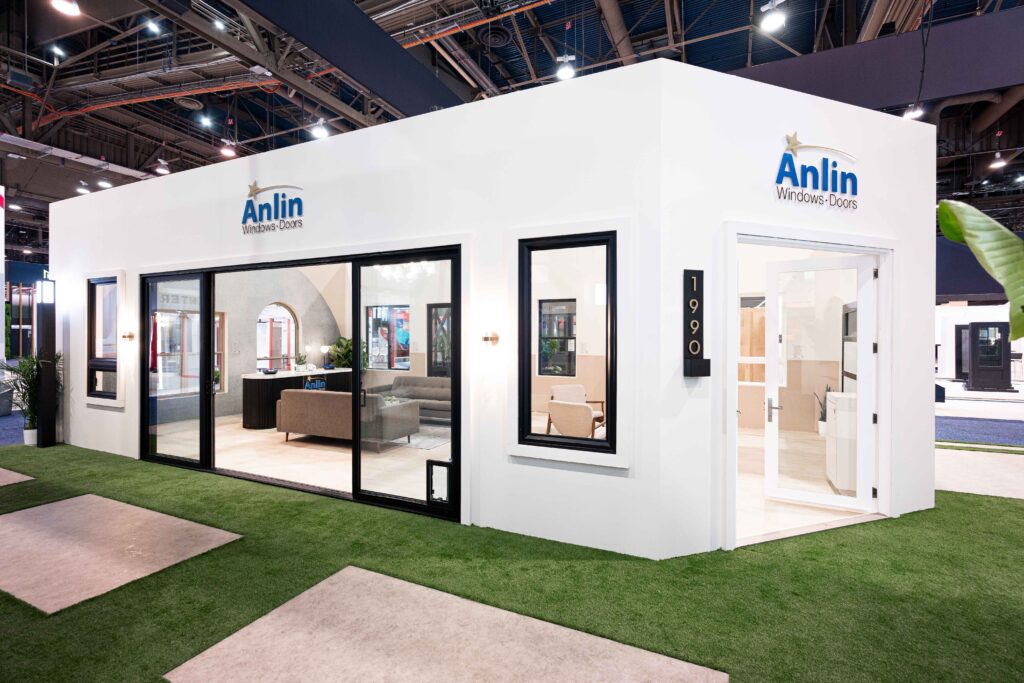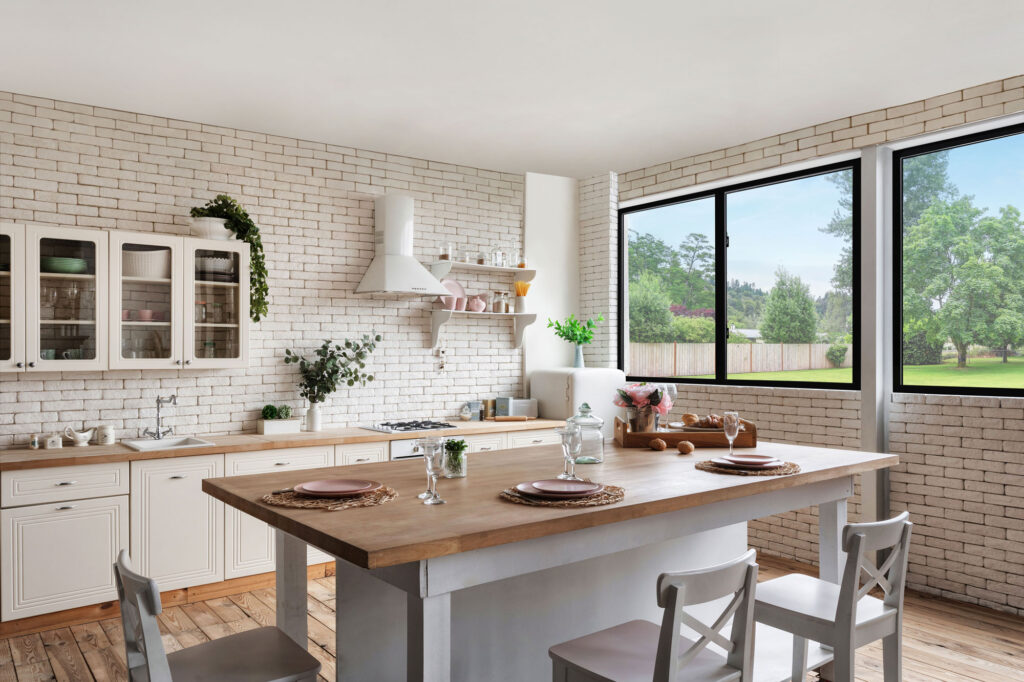There’s plenty of things you could do right now to conserve energy and save on your electric bill – turning off the lights when you’re not in the room, unplug your electronics when they aren’t in use, and even reducing the amount of time spent on the computer. But all of these are short-term fixes to help reduce energy consumption.
What about for the long term? Most people don’t think about it, but having good windows is one of the best things you can do for your home to make it more energy efficient! Think about it – window panes are the thinnest portion of your home, and the thus the outside elements are closer. You’ll want your windows to be as energy efficient as possible to help reduce your energy consumption, like using your heater or your AC!
So how can you get the most energy efficiency from your windows?
There are a few different areas within the window construction process that will help increase energy efficiency, so let’s break down a few of them and look into how the construction of your windows plays a big role in helping you conserve!
Frame Material
There are many different types of materials to make windows from that can play a role in energy savings. Wood and vinyl windows are made with some of the least conductive materials, in comparison to metal windows, preventing the external temperatures from seeping into the home.
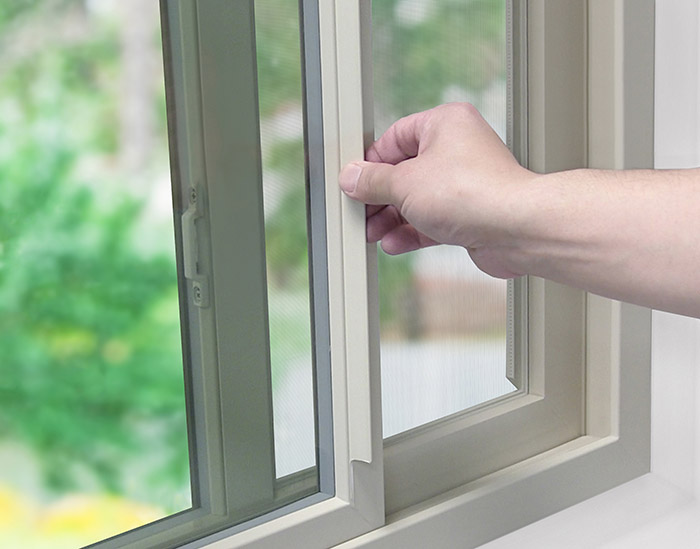

Frame Construction
Aside from the material, the construction of the frame plays a big role in energy efficiency. While wood is thick and less conductive than metal, the solid frame isn’t as energy efficient in comparison to vinyl, which is typically designed with an open air pocket within the frame, creating a gap in the material, which greatly reduces conductivity.
Frame Insulation
When window frame construction is crafted with that air pocket, another thing that could help increase energy efficiency is adding additional insulation, like foam, into the vacant space. Anlin’s Del Mar window series inserts Comfort•Core™, low conductance green foam in specific dead air chambers in the frames for maximum energy efficient windows.


Window Pane Count
Much like a gap inside of the frame, adding a gap in the glass with dual panes helps reduce conductivity from the outside elements. While single pane windows aren’t as common and may save you some upfront costs, dual pane windows will ultimately save you money on your energy bill in the long term.
Argon Gas
Following the logic of filling gaps with things to help increase insulation, the space between dual panes of glass can also be filled. But you wouldn’t want to fill that space with something like foam – after all, it’s a window! Instead, dual panes can be filled with argon, an inexpensive, clear and odorless gas that helps to minimize conductivity between the interior and exterior of the window.
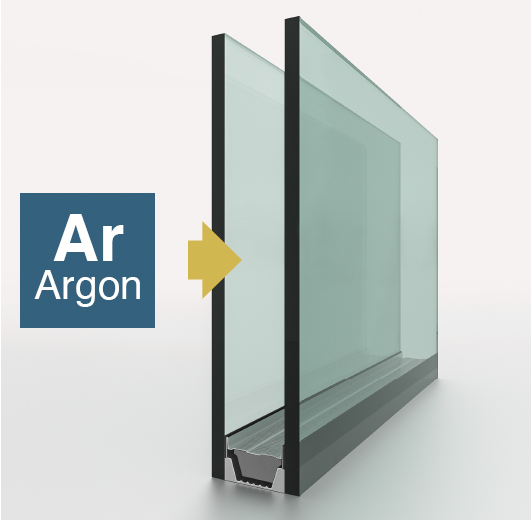
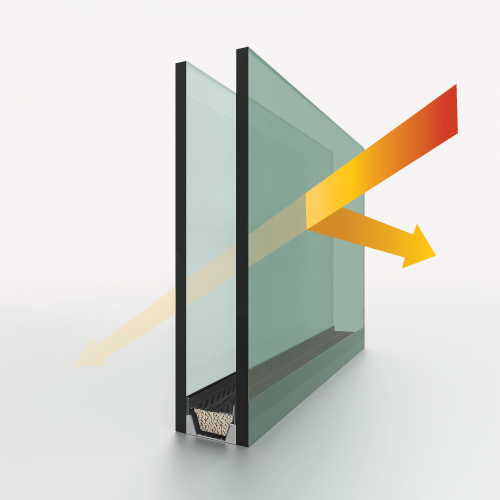
Glass Low-E Coatings
Low-e (low-emissivity) coatings are thin layers on the glass that help block UV rays and reduce solar heat gain. With more low-e coatings, the more UV rays and heat are blocked. Anlin offers different glass packages with different amounts of low-e coatings, so you can select the package that will work the best for your home!
Here at Anlin Windows & Doors, we pride ourselves on having our products be tested and certified by the National Fenestration Rating Council (NFRC), the American Architectural Manufactures Association (AAMA), and Energy Star. We also offer multiple different options of frame types and glass packages to build you the most energy efficient windows, bringing energy savings and comfort to your home.

